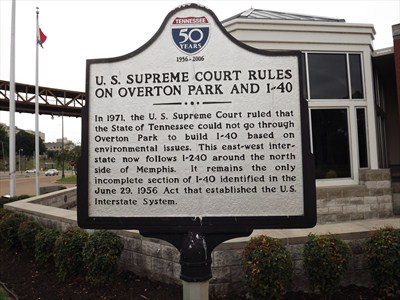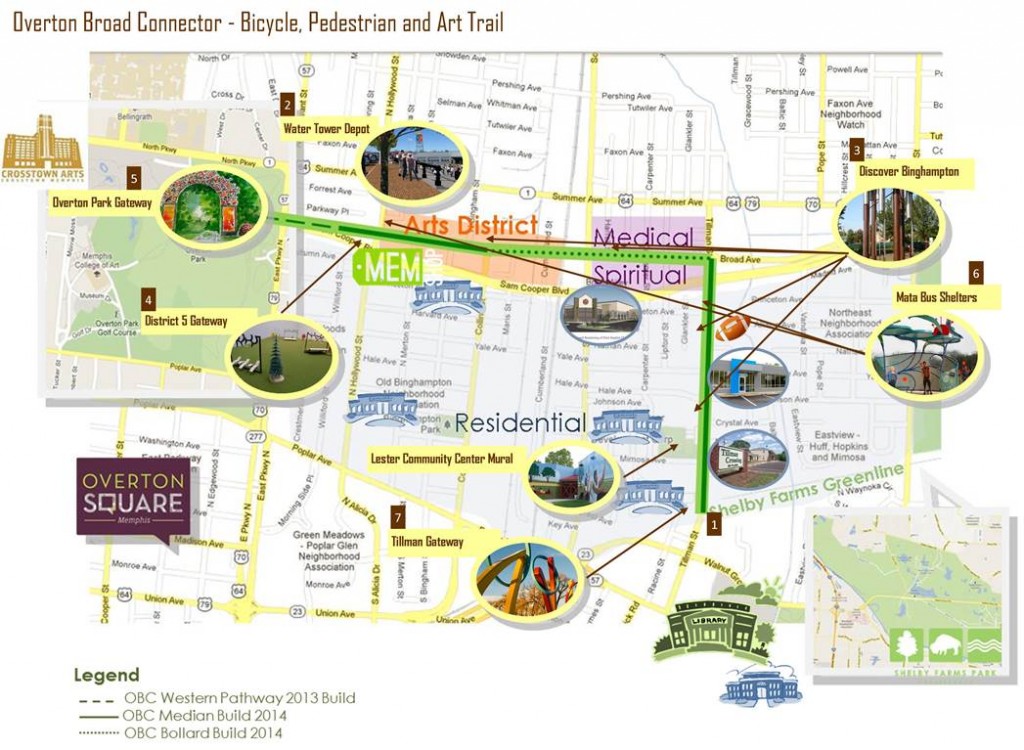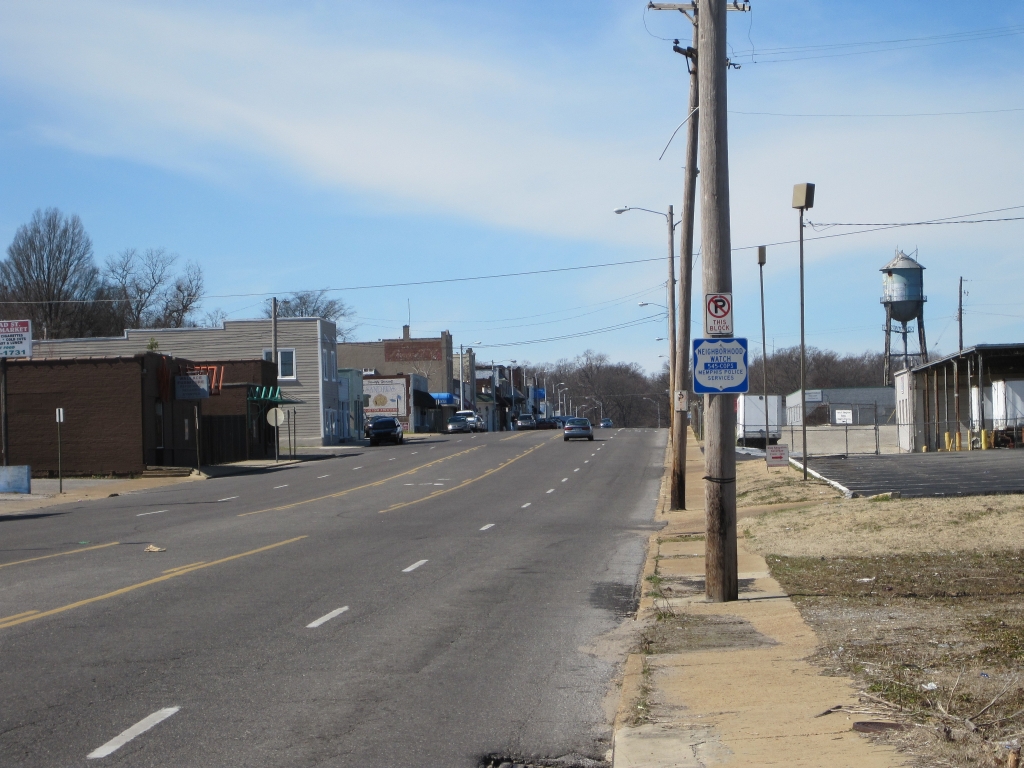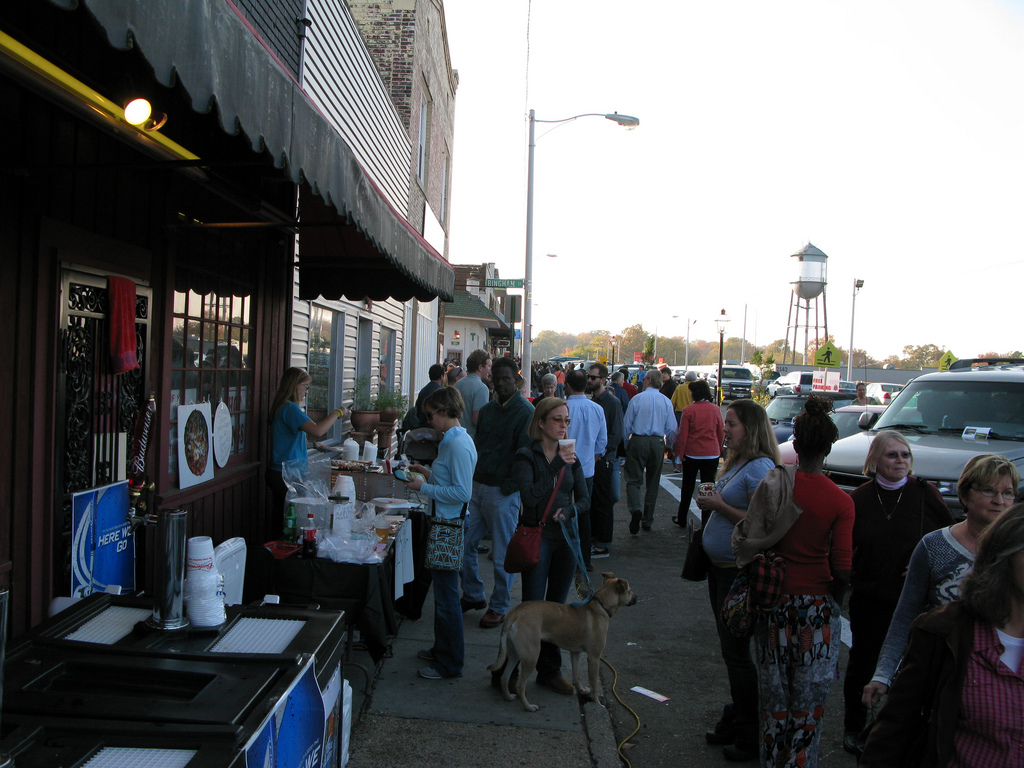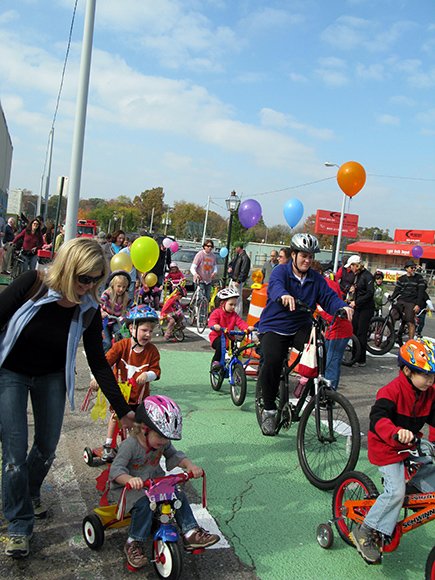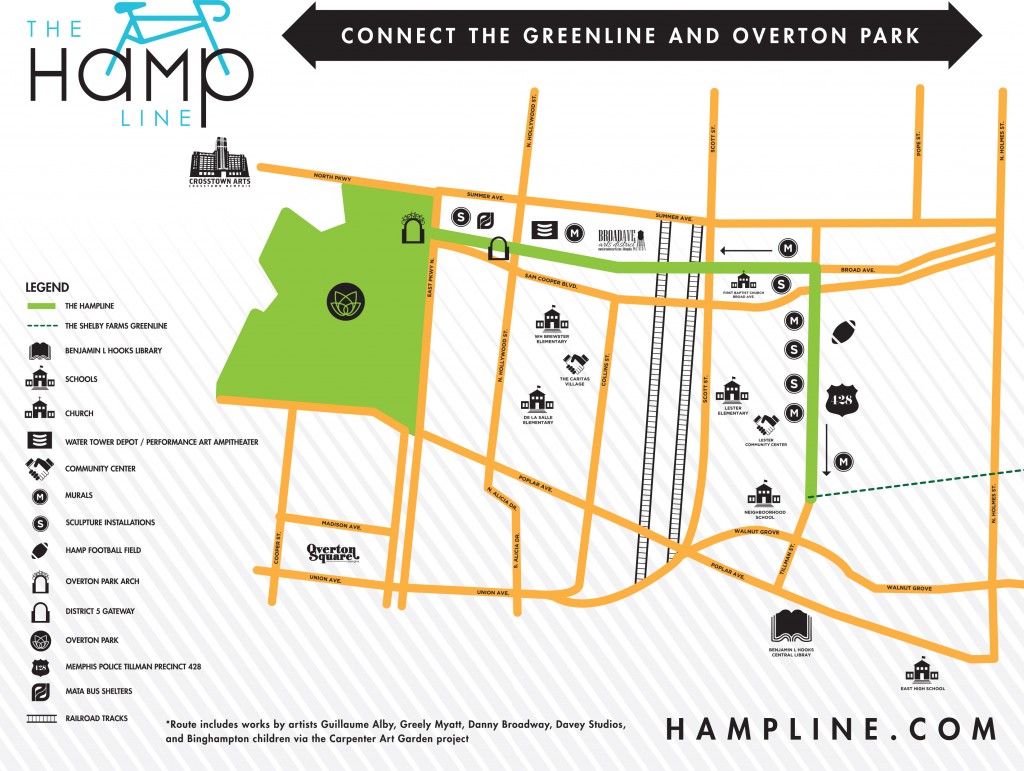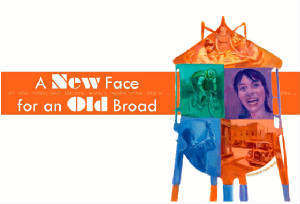Calling all Memphians, neighbors, and friends who care about making a difference for Memphis neighborhoods: the big day is almost upon us! Tomorrow, Saturday, April 11, from 11am to 4pm, the Pinch district in Memphis comes alive with the latest manifestation of beloved community event series MEMFix. And we’ll be there loud and proud, to celebrate the seventy, yes, seventy – Memphis ioby campaigns currently running as part of our MemMatch challenge. Want us to throw some more awesome numbers at you? Don’t mind if we do:
Total raised to date: $98,043
Number of MemMatch campaigns already fully funded: 10
Largest amount raised so far for a MemMatch campaign: $11,105 for Trinity Playground Revitalization

So come find us tomorrow at our pop-up storefront at 358 N. Main Street. We’ll be there with Liveable Memphis and Sweet Potato Baby. Expect games, sweet treats, a book signing by Tactical Urbanism author Mike Lydon, and the chance to learn about some really cool projects coming down the pipeline in your neighborhood.
Here’s the best part: All donations given at MEMFix or online until April 15 will be doubled, thanks to the match! To whet your appetite, read a little bit below about four of the inspiring MemMatch projects.
Strengthening Memphis communities by improving public basketball courts
When Daniel Peterson was a junior in high school living in Putnam County, New York, the middle school in his town renovated its basketball court. No big deal – just your average renovation. But it changed Peterson’s life. His school team, “perennial losers,” as Peterson puts it, had within three years of the renovation started sending kids to play in college. He started practicing by himself every night – getting to know the cops, who always kicked him off at midnight – and soon found himself playing Division 1 in college. Fast-forward a few years and a few careers, and he was stepping into a new role as senior coordinator for health and fitness initiatives for the Memphis Grizzlies. Today, he’s the director of an organization called Project Backboard, which strengthens communities by improving courts. The game has never left him. And it all started with that renovation back in Putnam County. “Having those courts renovated really changed the trajectory of my life,” says Peterson.
A Memphian now, Peterson is focused on making as many improvements as he can to as many public Memphis courts as possible. Even something as minor as painting posts and covering graffiti makes a difference. “My feeling is that if you add minor improvements that draw people out of their cars and off their bikes and out of the house and into the parks, then you start getting that social interaction that strengthens community ties.”
There are 51 public courts in Memphis parks, only 13 of which are striped. Most of them are in pretty bad shape. Peterson is raising money right now to get to 15-20 of those that need stripes, and to replace backboards where possible. Striping and painting an entire court takes only $150, which means that with the current one-for-one match offer, $75 of your cash will go a long, long way. Click here to learn more about the campaign.
Memphis churches coming together to save the bees… and to serve survivors of prostitution and trafficking
Last year, Calvary Episcopal Church in downtown Memphis found itself with a massive bee problem on its hands. The church’s bell tower, it turned out, was teeming with tens of thousands of the little guys. But instead of calling the exterminator, Calvary did something remarkable: they put out a call to other churches in the area, and set to work on finding a new home for the hive. That’s how the “bee garden” at the Church of the Annunciation, in Cordova, was born. The bees now make their home here, on a gorgeous nature trail near a meditation garden and a very special spot that the church calls the Stations of the Cross. The Church of the Annunciation offered the land for free; they simply wanted “to be good stewards of the land,” as Amanda Jemison, director of operations at All Saints Presbyterian, puts it.
Jemison got involved in the project early on. She was particularly excited to learn that the honey produced by the project would be sold locally, and that proceeds would be donated to Lives Worth Saving (LWS), a prostitution intervention program in Memphis. For her, that made the honey that much sweeter. Her reaction to the first honey harvest? “Amazing! I just finished my jar. It was delicious. It’s local honey that’s contributing to a dream and a mission that I just believe in so fully.”
Now Jemison is helping to lead the charge to raise the funds to another three apiaries in the bee garden, which will make five, total. The original two hives produced twenty pounds of honey in their first go-round; the second big harvest will take place in September, and is expected to produce 95 pounds of honey. Click here to help make that possible!
Bringing bats back to Buntyn (Late breaking: This project is now FULLY FUNDED, although donations are still being accepted!)
When Shannon Langellier, Vice President of the East Buntyn Historic District Neighborhood Association, heard about ioby’s MEMmatch challenge, she put out a call to community members, asking how they thought the neighborhood could best be improved. And a very interesting suggestion came in from Caroline Carrico, who works at the local natural history museum. We need more bats, Carrico said. And more homes for bats.
Some of the best insect-eaters around, bats are critical to ecosystems, especially in areas where mosquito-borne illnesses are a problem. That includes Memphis, which is starting to see more and more West Nile virus. And bats are equally critical for their top-notch pollinating skills; organic gardeners love them.
But Carrico was right – bats had all but left the neighborhood of Buntyn. “I’ve lived here 30 years,” explains Langellier, “and it was not uncommon to see bats and chimney swifts around. At twilight, you could go out and see them fluttering around and such. It’s been a long time since I’ve seen a bat anywhere in our area. I haven’t seen any in years and years. And you don’t realize it until someone points out that they’re gone!”
The money that Langellier and her partners are raising now will go toward the construction and installation – with the help of experts from the local nature center – of ten bat houses and one chimney swift tower in the neighborhood. So here’s to healthier gardens and fewer skeeters next year! Click here to learn more.
New rock garden and rotating art exhibit coming to an empty Soulsville lot (Late breaking: This project is now FULLY FUNDED, although donations are still being accepted!)
At the corner of Mississippi and Mclemore, in Soulsville, Memphis, is an empty lot about to get a serious makeover. It’s a high traffic corner (the Stax Museum and Stax Music Academy are both nearby) in a very walkable part of town, and residents often sit and hang out amidst the remains of the building that was demolished across the street. Lori Robertson, VP of the neighborhood association, wants to build an inspiring and permanent space where residents can gather. There’s a fabulous “I love Soulsville” mural in place in the empty lot already, and all it needs now, says Robertson and her team, is the attention of some Memphian creatives.
Robertson’s hope for the art garden? To “create a little happy in Soulsville,” she says. She and her team are raising money now to turn the lot into a rock garden, which will serve as a canvass on which local artists will create their own public works. The exhibition will change – if all goes according to plan – every two or three months.
“My husband and I have this personal mantra that we try to live by,” says Robertson, in explaining why she loves her corner of Memphis. “It says ‘live in the vision, not in your circumstances.’ And I feel like the residents of Soulsville truly believe in that. Despite that Soulsville is part of an inner city neighborhood, they focus heavily on the opportunities. What can we do to make sure that Soulsville grows into something greater than what people may see it as today?” To learn more, click here.

